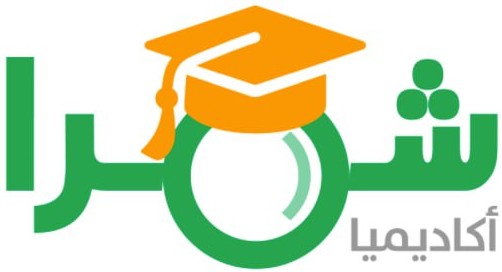اشترك بالحزمة الذهبية واحصل على وصول غير محدود شمرا أكاديميا
تسجيل مستخدم جديدCommunicating over the Torn-Paper Channel
92
0
0.0
(
0
)
اسأل ChatGPT حول البحث

ﻻ يوجد ملخص باللغة العربية
We consider the problem of communicating over a channel that randomly tears the message block into small pieces of different sizes and shuffles them. For the binary torn-paper channel with block length $n$ and pieces of length ${rm Geometric}(p_n)$, we characterize the capacity as $C = e^{-alpha}$, where $alpha = lim_{ntoinfty} p_n log n$. Our results show that the case of ${rm Geometric}(p_n)$-length fragments and the case of deterministic length-$(1/p_n)$ fragments are qualitatively different and, surprisingly, the capacity of the former is larger. Intuitively, this is due to the fact that, in the random fragments case, large fragments are sometimes observed, which boosts the capacity.
قيم البحث
اقرأ أيضاً
This work considers a communication scenario where the transmitter chooses a list of size K from a total of M messages to send over a noisy communication channel, the receiver generates a list of size L and communication is considered successful if t
he intersection of the lists at two terminals has cardinality greater than a threshold T. In traditional communication systems K=L=T=1. The fundamental limits of this setup in terms of K, L, T and the Shannon capacity of the channel between the terminals are examined. Specifically, necessary and/or sufficient conditions for asymptotically error free communication are provided.
Lossy transmission over a relay channel in which the relay has access to correlated side information is considered. First, a joint source-channel decode-and-forward scheme is proposed for general discrete memoryless sources and channels. Then the Gau
ssian relay channel where the source and the side information are jointly Gaussian is analyzed. For this Gaussian model, several new source-channel cooperation schemes are introduced and analyzed in terms of the squared-error distortion at the destination. A comparison of the proposed upper bounds with the cut-set lower bound is given, and it is seen that joint source-channel cooperation improves the reconstruction quality significantly. Moreover, the performance of the joint code is close to the lower bound on distortion for a wide range of source and channel parameters.
The Carbon Copy onto Dirty Paper (CCDP) channel is the compound writing on dirty paper channel in which the channel output is obtained as the sum of the channel input, white Gaussian noise and a Gaussian state sequence randomly selected among a set p
ossible realizations. The transmitter has non-causal knowledge of the set of possible state sequences but does not know which sequence is selected to produce the channel output. We study the capacity of the CCDP channel for two scenarios: (i) the state sequences are independent and identically distributed, and (ii) the state sequences are scal
This paper studies the problem of secure communication over a K-transmitter multiple access channel in the presence of an external eavesdropper, subject to a joint secrecy constraint (i.e., information leakage rate from the collection of K messages t
o an eavesdropper is made vanishing). As a result, we establish the joint secrecy achievable rate region. To this end, our results build upon two techniques in addition to the standard information-theoretic methods. The first is a generalization of Chia-El Gamals lemma on entropy bound for a set of codewords given partial information. The second is to utilize a compact representation of a list of sets that, together with properties of mutual information, leads to an efficient Fourier-Motzkin elimination. These two approaches could also be of independent interests in other contexts.
Applications where multiple users communicate with a common server and desire low latency are common and increasing. This paper studies a network with two source nodes, one relay node and a destination node, where each source nodes wishes to transmit
a sequence of messages, through the relay, to the destination, who is required to decode the messages with a strict delay constraint $T$. The network with a single source node has been studied in cite{Silas2019}. We start by introducing two important tools: the delay spectrum, which generalizes delay-constrained point-to-point transmission, and concatenation, which, similar to time sharing, allows combinations of different codes in order to achieve a desired regime of operation. Using these tools, we are able to generalize the two schemes previously presented in cite{Silas2019}, and propose a novel scheme which allows us to achieve optimal rates under a set of well-defined conditions. Such novel scheme is further optimized in order to improve the achievable rates in the scenarios where the conditions for optimality are not met.
سجل دخول لتتمكن من نشر تعليقات
التعليقات
جاري جلب التعليقات


سجل دخول لتتمكن من متابعة معايير البحث التي قمت باختيارها


